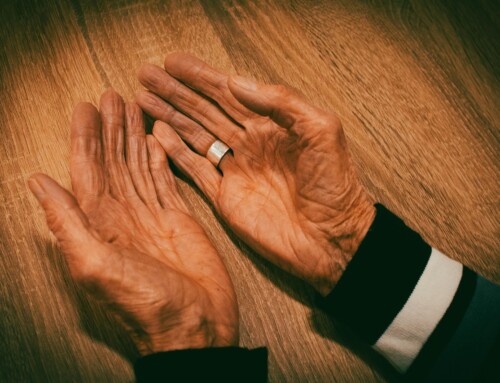While we fully understand the benefits of walking for seniors, there are some older adults who simply can’t manage to get outside for a stroll every day. That is why some new studies regarding the soleus muscle have garnered so much attention from those who work with seniors. It appears that simple exercises – performed sitting down – are proving to lower blood sugar and help to prevent Type 2 diabetes. Performing these specialized exercises involves using a muscle in your lower leg to boost. The study was performed at the University of Houston and published in the journal iScience.

The research indicates that one specific leg exercise actually improves blood sugar regulation better than more traditional methods, including weight loss, diet, and 30 minutes of low- to moderate-intensity daily exercise. The study author refers to this metabolism-boosting exercise as the “soleus pushup,” but it doesn’t resemble the pushup we all know – this one is performed while sitting down. This is great news not only for seniors but for the millions of Americans who spend an average of 10 hours a day sitting down.
What is the Soleus Muscle?
The soleus muscle plays a vital role in daily activities such as walking and running, although its most significant role is to keep someone upright while standing. The soleus muscle is located at the back of the lower part of the leg. Unlike most muscles that utilize stored carbohydrates for fuel, the soleus doesn’t depend entirely on intramuscular glycogen. Instead, it uses glucose, and blood fats called lipoproteins from the blood. The study points out that when activated correctly, the soleus muscle can raise local oxidative metabolism to high levels for hours, not just minutes, and does so by using a different fuel mixture. This means that sedentary study participants who performed the soleus pushup after drinking a glucose mixture saw their blood glucose decrease by about 52% after just a single session of soleus muscle contractions. The research also revealed that the exercise lowered the amount of pancreatic insulin by 60%.







